The Human Body Really Is Made Up Of Stardust, According To Science
According to planetary scientist and stardust expert Dr. Ashley King the answer to that question is: "It is totally 100% true: nearly all the elements in the human body were made in a star and many have come through several supernovas."
It turns out that almost all of the elements in our human bodies were made in stars over the span of billions of years and multiple star lifetimes.
Forget evolution, it is believed that we come through several supernovas. In fact, it's possible that the hydrogen (which makes up roughly 9.5% of our bodies) and lithium (which we have tiny traces of) all started with the Big Bang.
The Creation Of The First Stars
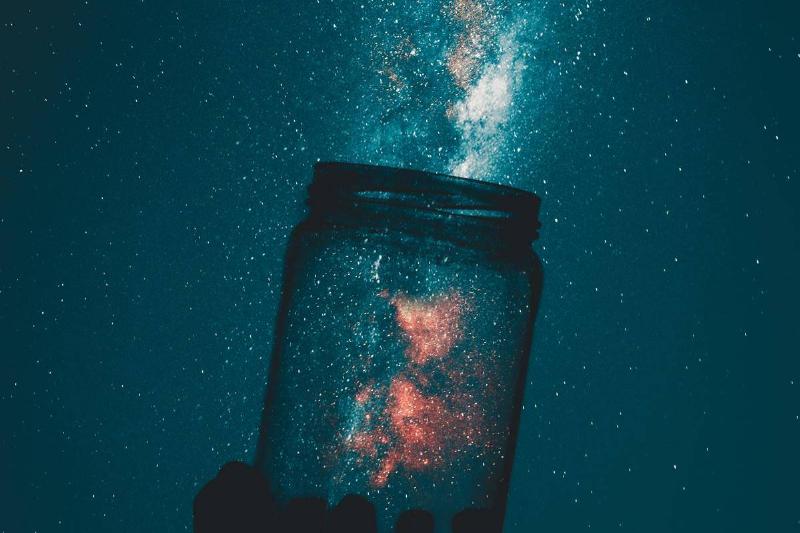
So if we came from stars then where did the stars come from? While everything has a beginning, there is no one point of start. Scientists believe that the universe started 13 or 14 billion years ago, with the Big Bang. However, only light elements existed then like helium.
Keep in mind that elements are matter that can't be broken down into simpler substances. If you go back to ninth grade science, you might recall that each element has an atomic number— which is the number of protons in the nuclei of its atoms.
Now back to the stars. Scientists say that the first generation of stars were actually all clumped up together but that over time they combusted. This created a nuclear reaction in the center of a star.
Stars Made The Elements Of The Solar System
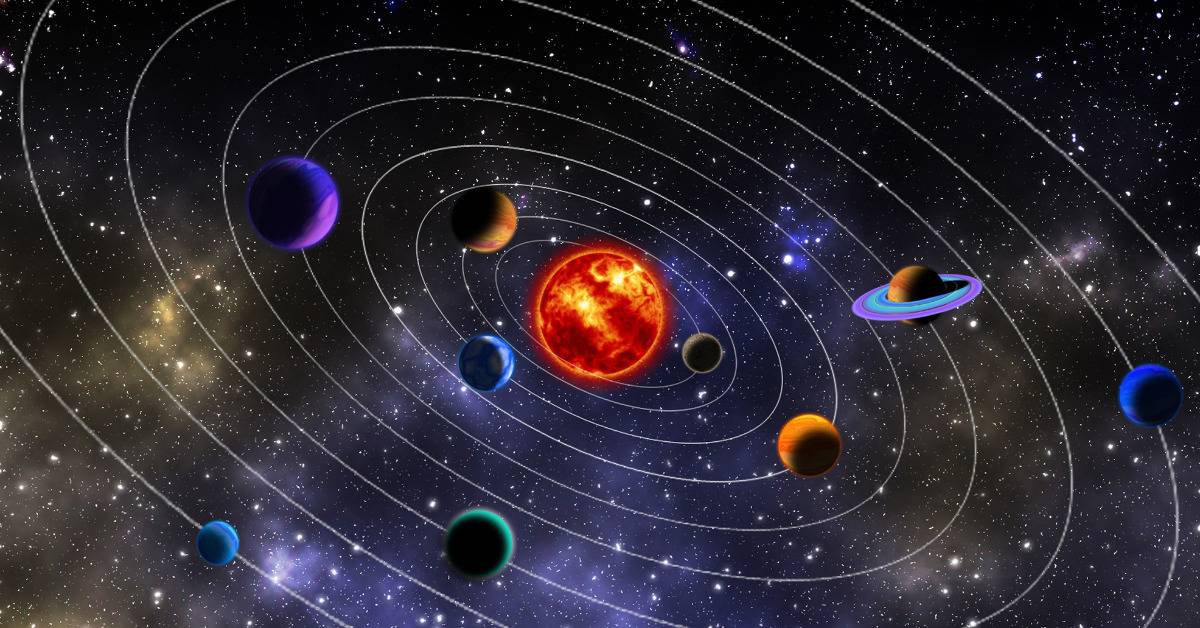
Stars are at the core of our universe. The first stars that formed after the Big Bang were greater than 50 times the size of our Sun. Inside of them, a process called "nucleosynthesis" was making elements. The first stars ran out of fuel quickly and didn't produce a lot of heavier elements. When they went supernova, they expelled the elements they had produced and give birth to the next generation of stars.
The next generation of stars was then able to produce other, heavier kinds of elements like carbon, and magnesium that filled up every element in the periodic table.
How does this apply to the human body? Well, any element in your body that is heavier than iron has traveled through at least one supernova. Dr. King explains: "So it's very likely that there are a whole bunch of different stars that have contributed the elements we see in our own solar system, our planet, and those found within you."
Stars Have A Life Span
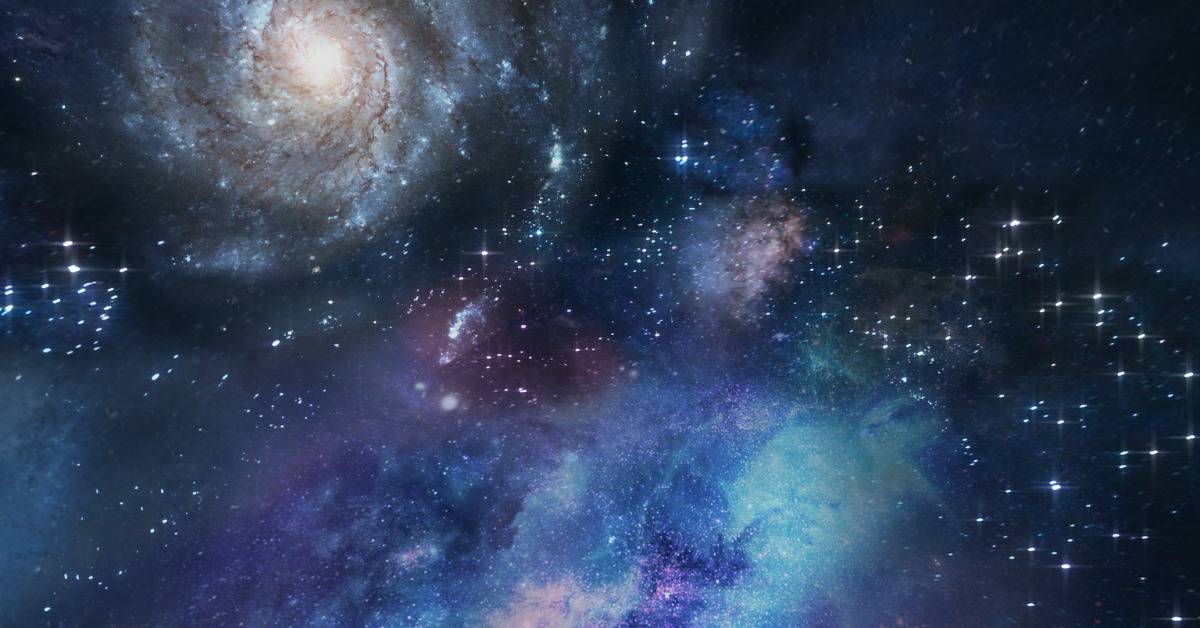
Just like us humans, stars are born and then they die in their own cycle of life. However, their life and deaths have a much greater impact on our universe because they don't occur in the same timeline as human life. The burning that takes place inside stars draws on a huge amount of fuel and creates an enormous amount of energy.
To put it into context, the bigger the star, the faster it burns up its fuel supply, and the shorter its life. The most massive stars can burn out and explode in a supernova after only a few million years of fusion. However, a star with a mass like the Sun can last for about 10 billion years
'"Stars are immense objects - over 99% of the mass in our solar system is in our Sun - and gravity squeezes them. Meanwhile, the burning inside a star creates energy which counteracts the squeeze of gravity which is why our sun is stable." explains Dr. King.
Stars stay in this equilibrium with gravity until they run out of fuel. The sun is arguably our most important star and it's about four and a half billion years old. It's predicted that in about five billion years, it's going to start to run out of its fuel.
It All Happens In a Cycle
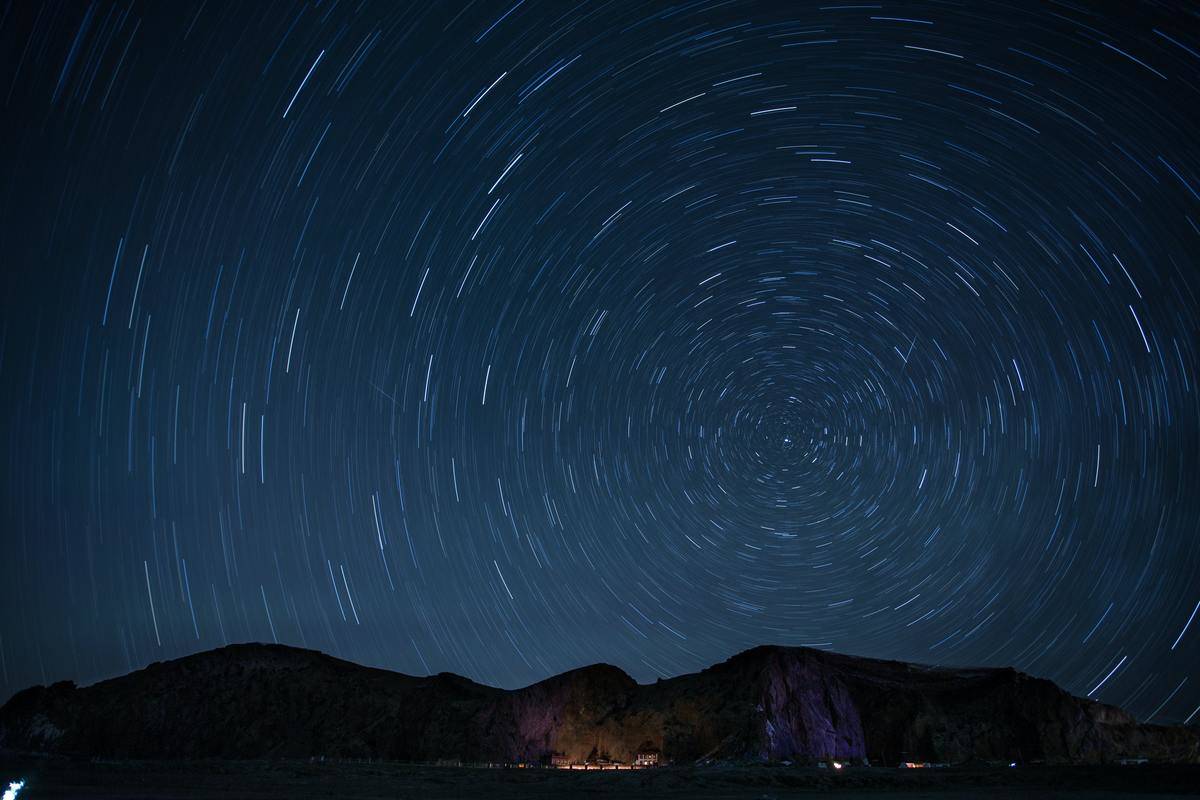
When stars run out of fuel and finally die, all the elements that had been generated inside are released out into space. Then the next generation of stars form from those elements. They take their turn until they run out of fuel and give birth to new stars, keeping the cycle going. This cycle also fuels our human universe.
"This constant reprocessing of everything is called galactic chemical evolution," says Dr. King 'Every element was made in a star and if you combine those elements in different ways you can make species of gas, minerals, and bigger things like asteroids, and from asteroids you can start making planets and then you start to make water and other ingredients required for life and then, eventually, us."
We're all connected, from stars to humans to the making of the universe itself. It has preceded us and will likely outlive us: "This process has been going on for something like 13 billion years and our solar system is thought to have formed only 4.5 billion years ago." she adds.
Looking At Stars Is Like Traveling Back In Time
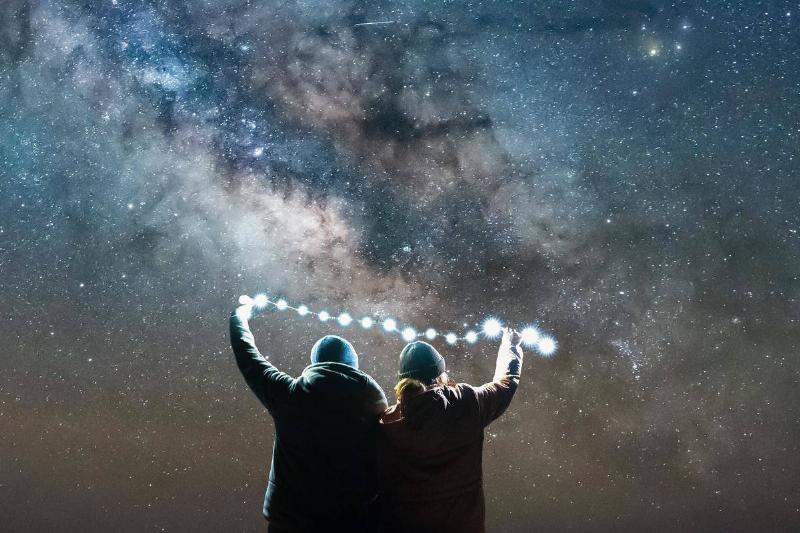
Here's a fun fact: we're not able to look at stars in real time. So when you stargaze at night, the stars you're looking at are already dead; it's like you're looking at them back in time.
When you look at a star, you are looking at the light that came from the star. Since stars are so far away, it takes years for their light to reach us. By the time it reaches us, you're looking at something that happened a long time ago.
'You can't really watch a star form and see what happens in real-time. When you look at the stars through a telescope what you're seeing probably happened millions of years ago,' Ashley says. 'You can tell some things about their make-up based on colour and temperature, but not everything.
Stardust Is Not Visible To The Human Eye

Scientists are still trying to figure out the makings of humans and stars. This is a hard process not only because there is so much to the universe that we can't grasp but because it requires finding samples of cosmic dust and observing them through an electron microscope.
These samples of stardust in their pure form are invisible to the human eye, with only a few microns in size being 100 times smaller than the width of a human hair.
The Cycle Of Life

We are all a part of something bigger, that we may never fully be able to understand. Are you still searching for your life purpose? You won't believe what the science of Numerology can reveal about you!
That's right, the numerology of your birth date, regardless of what month you were born, can reveal surprising information about your personality.
Click HERE to learn what Numerology says about your life using only your Birth Date.





